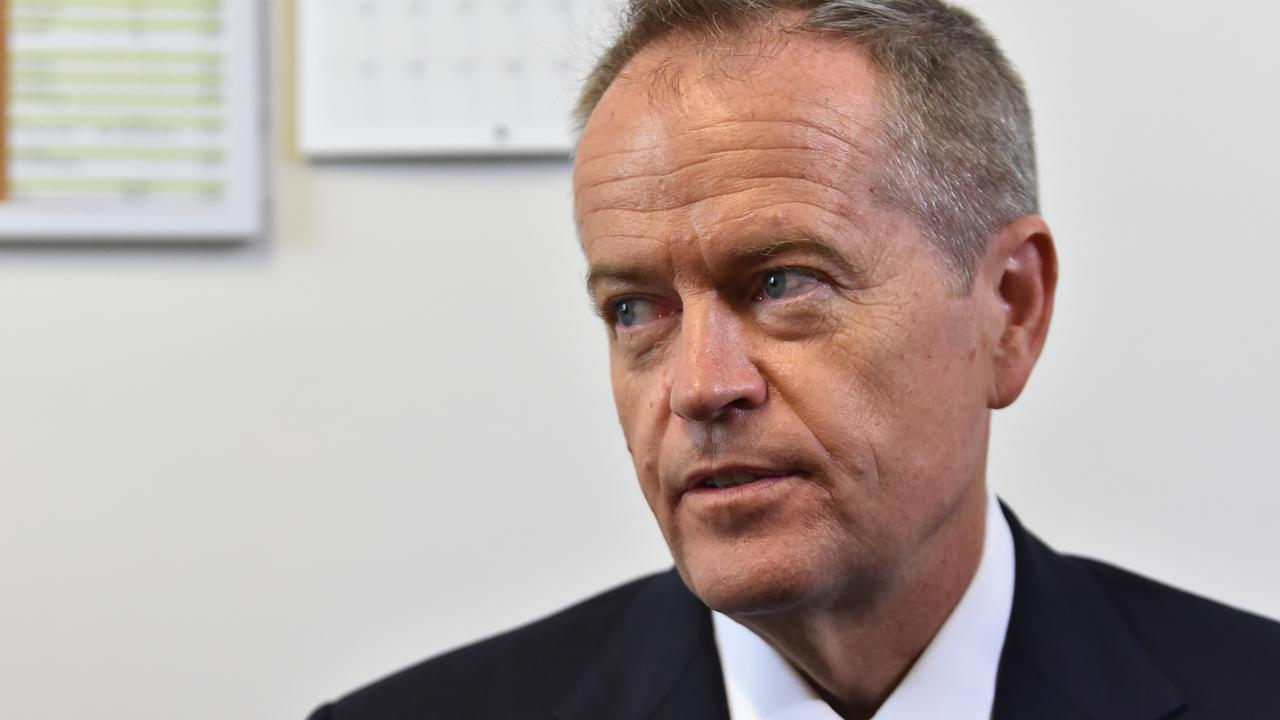Secret Fair Work talks on NDIS ‘workplace’ reform
UNIONS and employers are in secret talks with the Fair Work Commission about controversial changes to NDIS workplace laws.
UNIONS and employers are in secret talks with the Fair Work Commission about controversial changes to workplace laws considered vital to give the National Disability Insurance Scheme the flexibility it needs to survive.
National Disability Services, representing employers in the sector, and the Australian Services Union are locked in preliminary discussions about reforming the Social, Community, Home Care and Disability Services award, which could involve changes to penalty rate formulas and minimum shifts.
The FWC will assess the award later this year.
Industrial laws are just one front in the battle to form a viable market for disability carers as the NDIS transfers control of the budgets for this spending from care providers to the roughly 460,000 Australians covered by the scheme.
The scheme’s actuary, Sarah Johnson, and NDS chief executive Ken Baker have both warned the $28 billion project may become unsustainable due to policy uncertainty in this area.
A source familiar with the workplace discussions told The Australian there was “an uneasy acceptance” among the parties that the flexibility of employment conditions under the NDIS needed to be addressed.
Those covered by the NDIS are given direct control of the money they are provided for disability support, directly hiring their own staff for one-on-one care in their own home and effectively becoming employers.
Problems arise if people are funded for only an hour of support per day while minimum shift provisions in the award require casuals to work more hours than this. The NDIS also has different definitions of what constitutes a day shift and when a night shift begins. “The union is in a difficult position because it knows the NDIS needs more room to move, but changing the award for low-paid employees is absolutely anathema to them,” the source said.
Mr Baker would not comment on the meeting, but said he continued to have reservations about whether the award was as “finely tuned” as it could be. “We want to be able to provide decent working conditions to attract a large workforce, but there are also flexibility needs,” he said.
Treasury estimates the size of the Australian disability workforce would need to double by the time the NDIS reaches national coverage in 2019.
The size of the aged and disability-care workforce was about 100,000 in 2011.
Workplace issues and the rate at which the private market for disability service providers becomes established has been identified as the single greatest risk to the sustainability of the scheme.
Where the demand for services outstripped supply, prices would have to rise, said Ms Johnson. “One thing we did identify is the NDIS is a substantial increase in funding in disability so with that there would be a risk of inflation if we did not roll the scheme out in a sensible way,” she said.
“We need to invest heavily in community development and alternative ways of supporting people with disability to mitigate any inflation. So, for example, there are good ways to support people potentially with pieces of equipment and capital items that could really help them out and not put so much pressure on the demand for labour.”



To join the conversation, please log in. Don't have an account? Register
Join the conversation, you are commenting as Logout